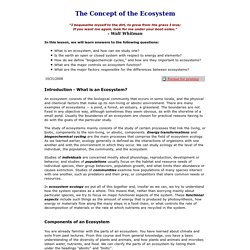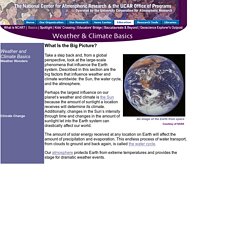

Groen goud kijk je op npo.nl. De Nederlandse Publieke Omroep maakt gebruik van cookies.

We maken een onderscheid tussen functionele cookies en cookies voor het beheer van webstatistieken, advertenties en social media. De Nederlandse Publieke Omroep maakt gebruik van functionele en analytische cookies om inzicht te krijgen in de werking en effectiviteit van haar websites. De daarmee verzamelde gegevens worden niet gebruikt om activiteiten van individuele gebruikers te volgen. De advertentie en social media cookies van derden verzamelen mogelijk gegevens ook buiten de websites van de NPO. Deze cookies kun je hiernaast weigeren via de instellingen. Waarom cookies? De Nederlandse Publieke Omroep maakt gebruik van cookies. Klik hier voor meer informatie over cookies en een overzicht van de sites waar je toestemming voor geldt. Cookie instellingen aanpassen? De cookie instellingen voor de websites van de Nederlandse Publieke Omroep zijn te allen tijde te wijzigen. Cookie-instellingen aanpassenAkkoord. Documentary about regenerating large-scale damaged ecosystems.
Meet John D.

Liu, the environmental film maker who says "it is possible to regenerate large-scale damaged ecosystems. " The documentary film looks at restoration projects in China, Africa, South America and the Middle East, who aim to rejuvenate eroded landscapes. Permaculture teacher Geoff Lawton, who stars in the film states: "The world gets more and more complicated all the time but the solution to fix the major problems of the worlds ecosystems remains reasonably simple. We have to go ahead on a major scale now. Everybody can do their back yard but we have to change the major eroded landscapes into the functional ecosystems they should be. " Spreading the message of change The key message here is that change is possible.
In the final moments of the film, Lawton says "There's not too many people in the world in my view, it's just that most people don't realise they are acting in a very negative way in relation to the environment. Source: Permaculture Written by Sebastian von Holstein. Mission: Biomes. Why does Climate vary in different parts of the Earth? The Concept of the Ecosystem. "I bequeathe myself to the dirt, to grow from the grass I love;If you want me again, look for me under your boot-soles.

"- Walt Whitman In this lesson, we will learn answers to the following questions: What is an ecosystem, and how can we study one? Is the earth an open or closed system with respect to energy and elements? Introduction - What is an Ecosystem? An ecosystem consists of the biological community that occurs in some locale, and the physical and chemical factors that make up its non-living or abiotic environment. The study of ecosystems mainly consists of the study of certain processes that link the living, or biotic, components to the non-living, or abiotic, components. Studies of individuals are concerned mostly about physiology, reproduction, development or behavior, and studies of populations usually focus on the habitat and resource needs of individual species, their group behaviors, population growth, and what limits their abundance or causes extinction.
Figure 1. 1. 2. 3.1 Factors affecting climate — Environmental Change Network. There are many different factors that affect climate around the world.

It is the varying influence of these factors that lead to different parts of the Earth experiencing differing climates. The most important natural factors are: It is now widely accepted that human activity is also affecting climate, and that the impact is not the same everywhere. Why is it colder at high altitudes? Climate Types for Kids. Why is it colder at the top of a mountain than it is at sea level? Weather and air pressure. NASA Predicting Weather. Weather and climate basics. What Is the Big Picture?

Take a step back and, from a global perspective, look at the large-scale phenomena that influence the Earth system. Described in this section are the big factors that influence weather and climate worldwide: the Sun, the water cycle, and the atmosphere. Perhaps the largest influence on our planet’s weather and climate is the Sun because the amount of sunlight a location receives will determine its climate. Additionally, changes in the Sun’s intensity through time and changes in the amount of sunlight let into the Earth system can drastically affect our world. The amount of solar energy received at any location on Earth will affect the amount of precipitation and evaporation. Our atmosphere protects Earth from extreme temperatures and provides the stage for dramatic weather events.